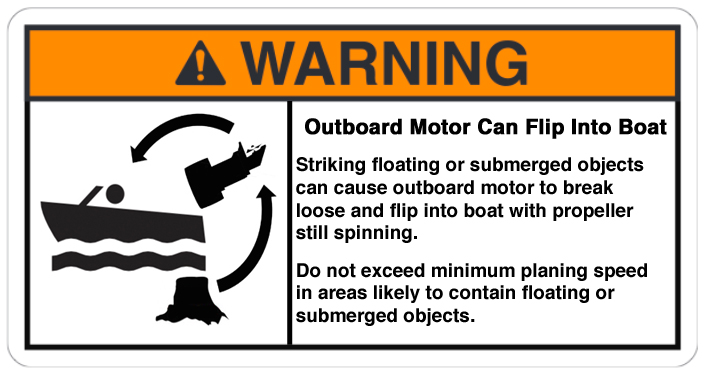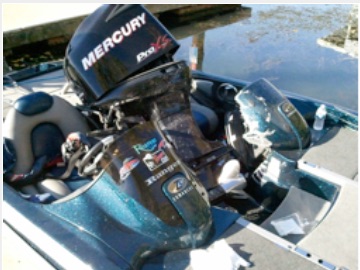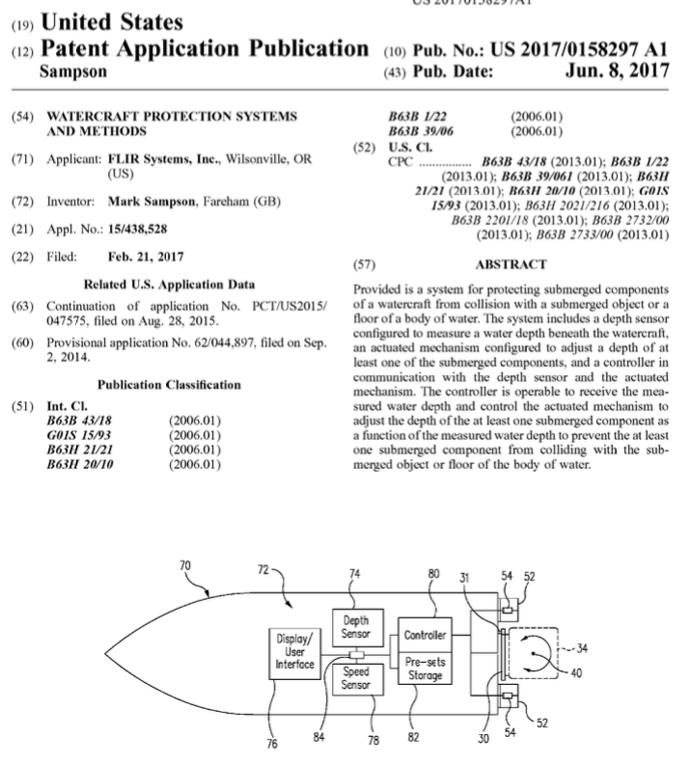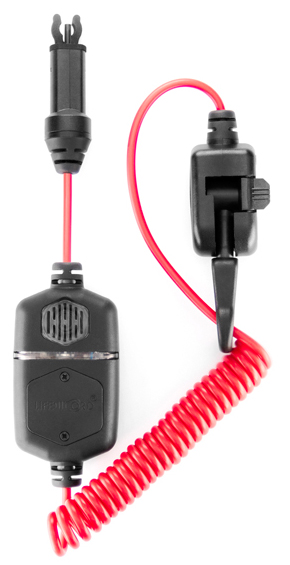We updated our Design Chart to Prevent Outboard Motors From Entering / Flipping Into The Boat After Striking Submerged Objects today (23 October 2018).
The primary addition was adding the option to Minimize the Hazard of the Outboard Entering the boat by killing the engine when the outboard breaks loose from the boat. The industry previously turned outboards off or slowed them down when they kicked up out of the water several ways, some of which they patented.
Our design chart refers readers to Approaches to Prevent Outboard Motors From Flipping Into Boats After Striking Submerged or Floating Objects for additional information on many methods to prevent outboard motors from entering boats.









